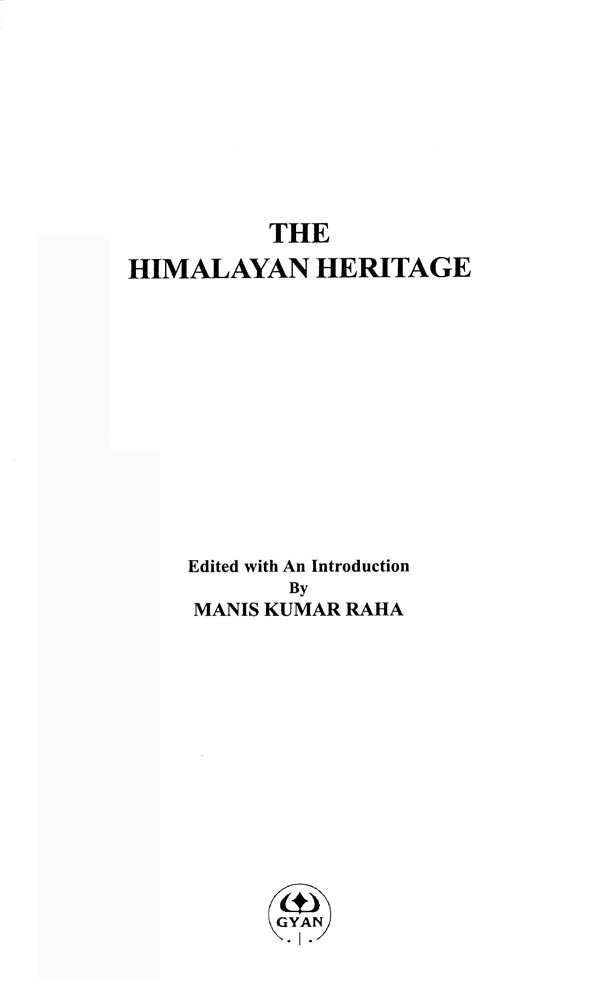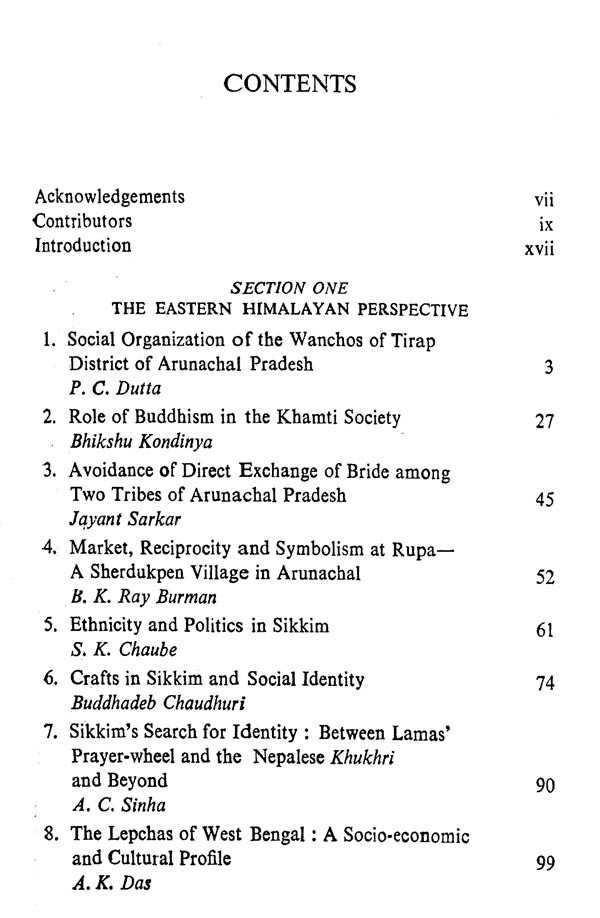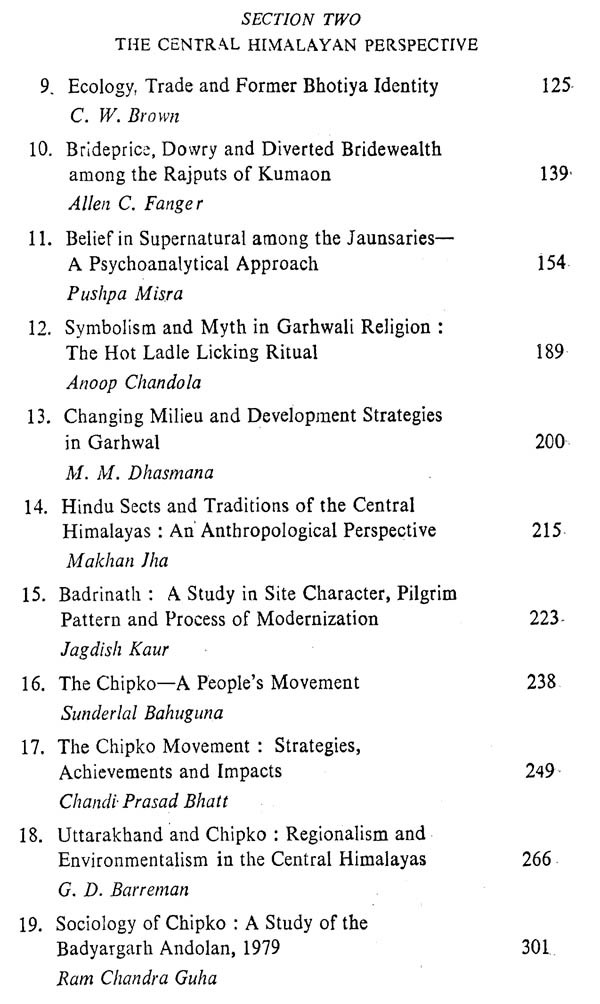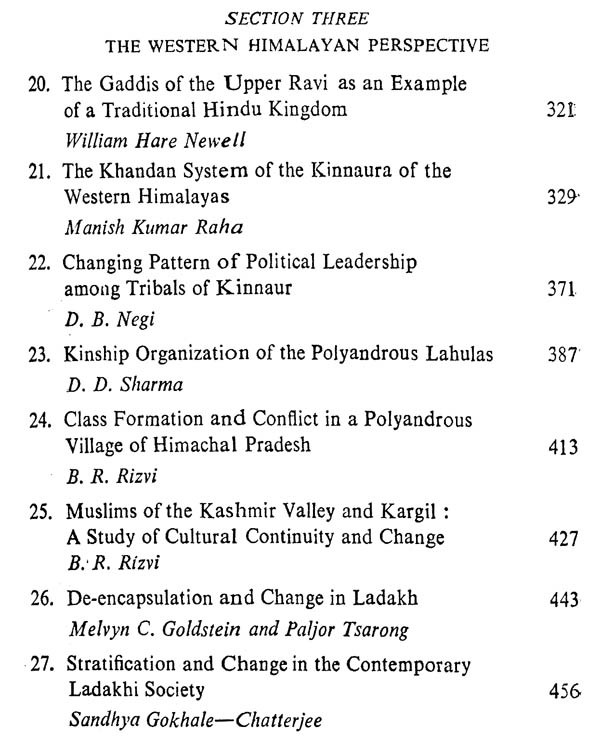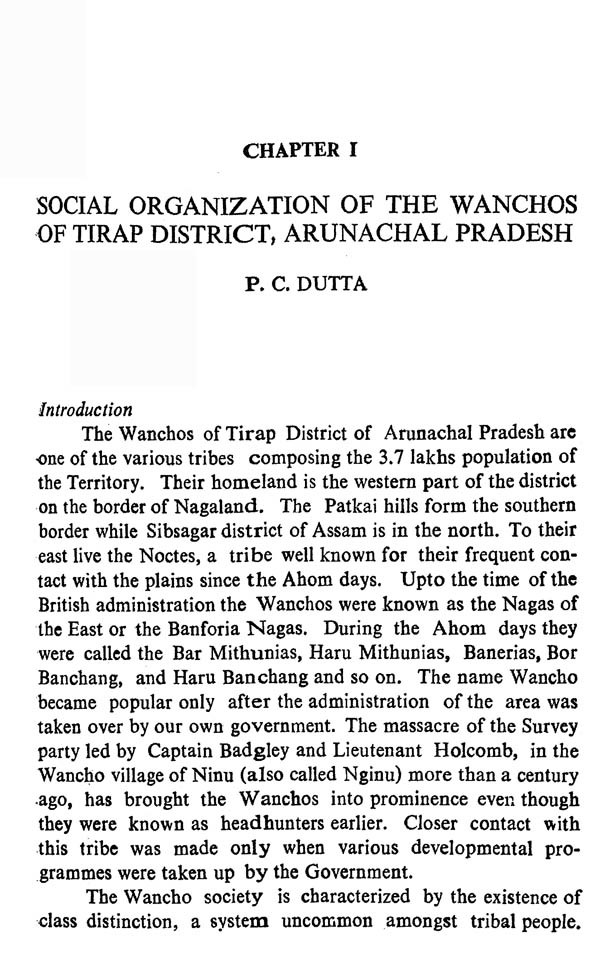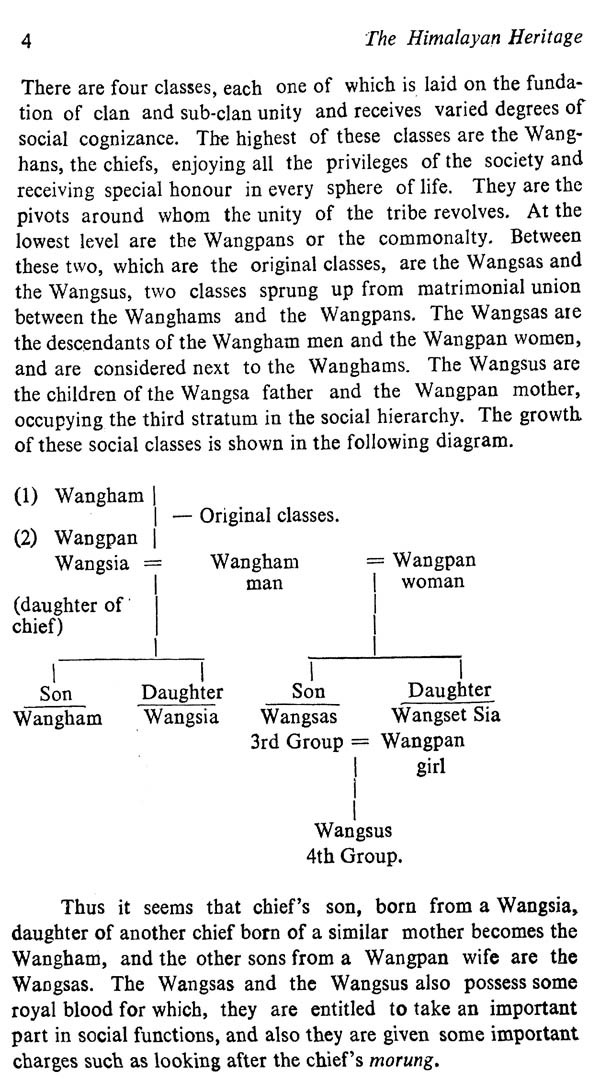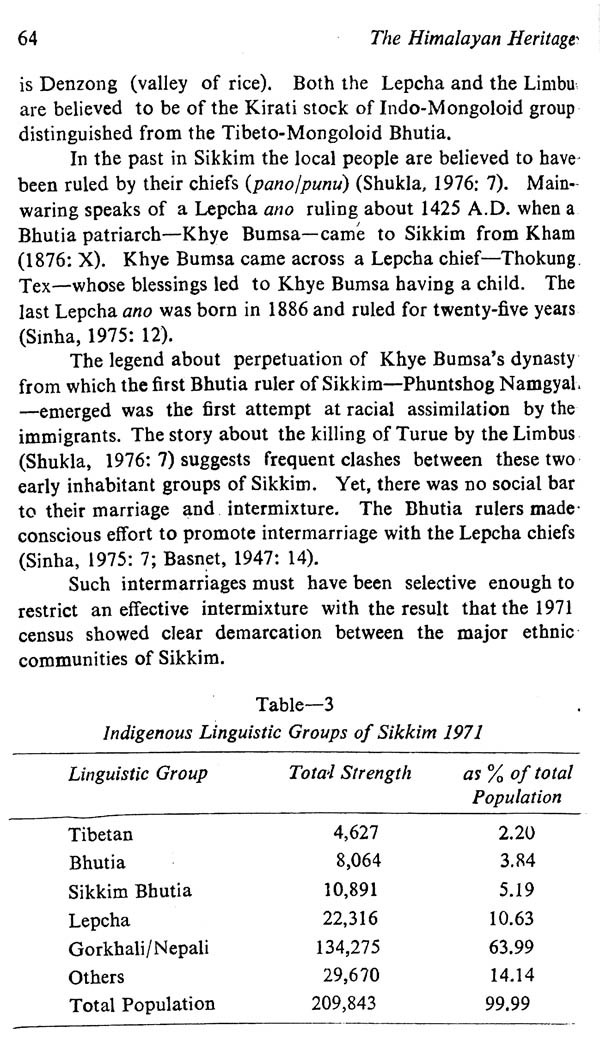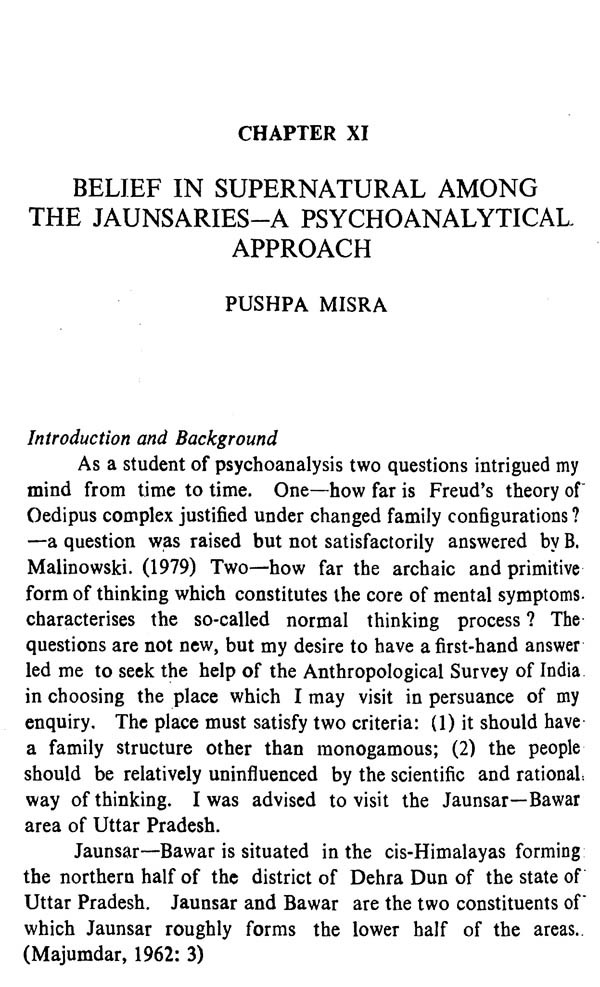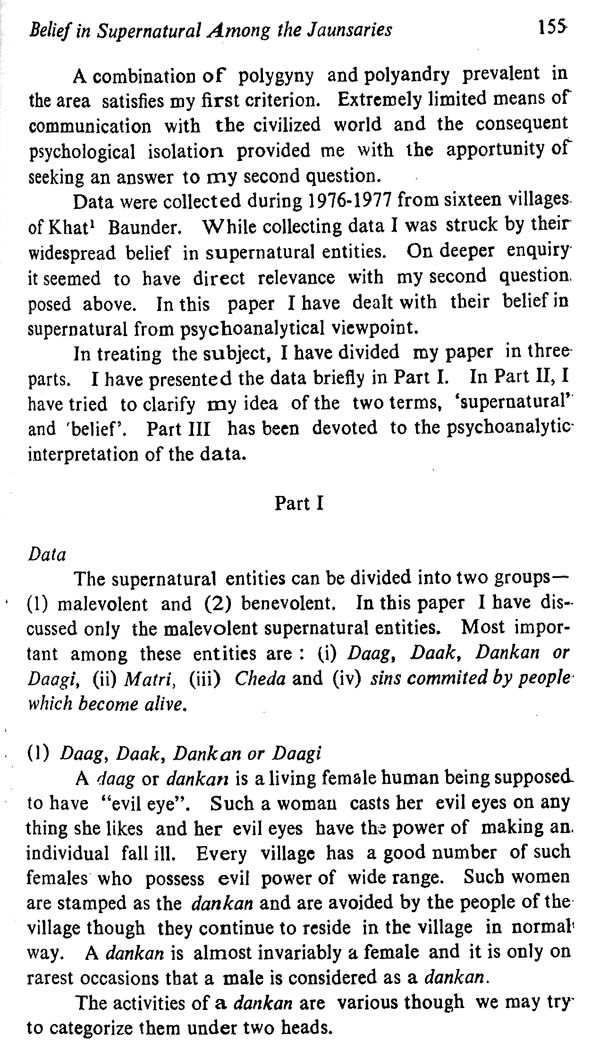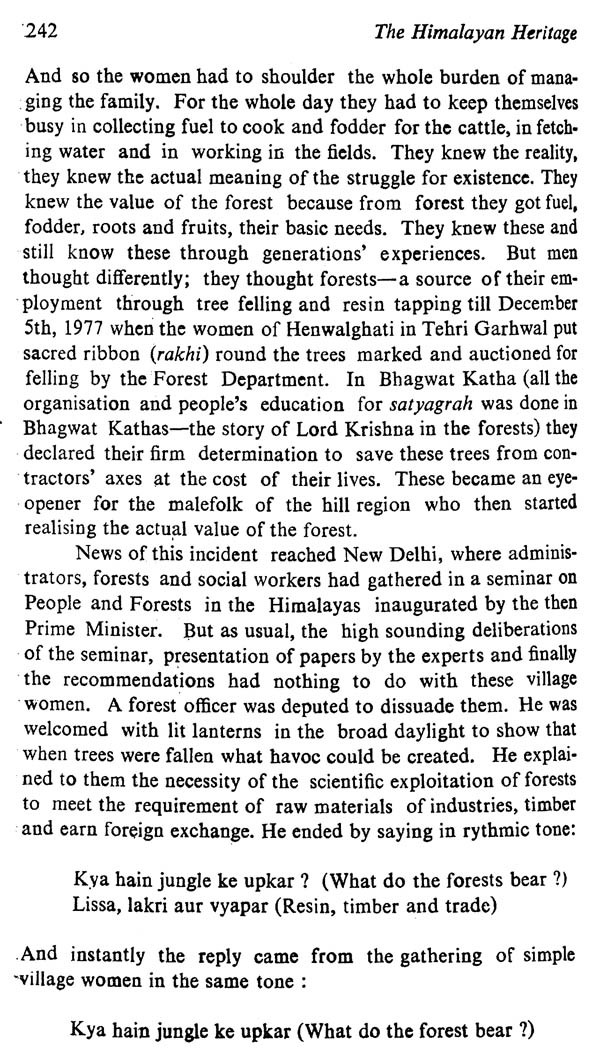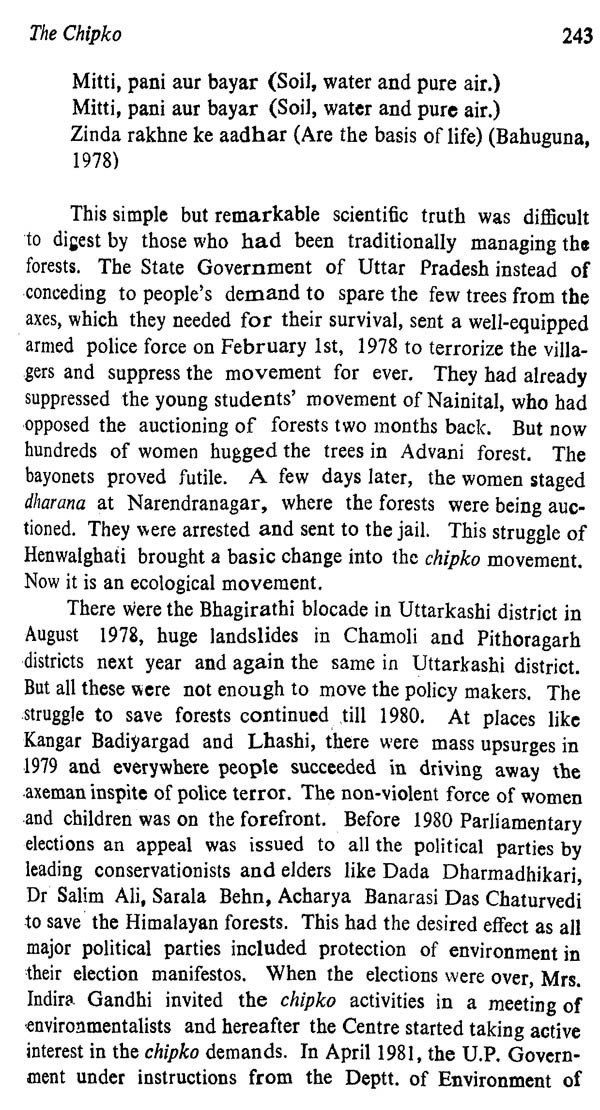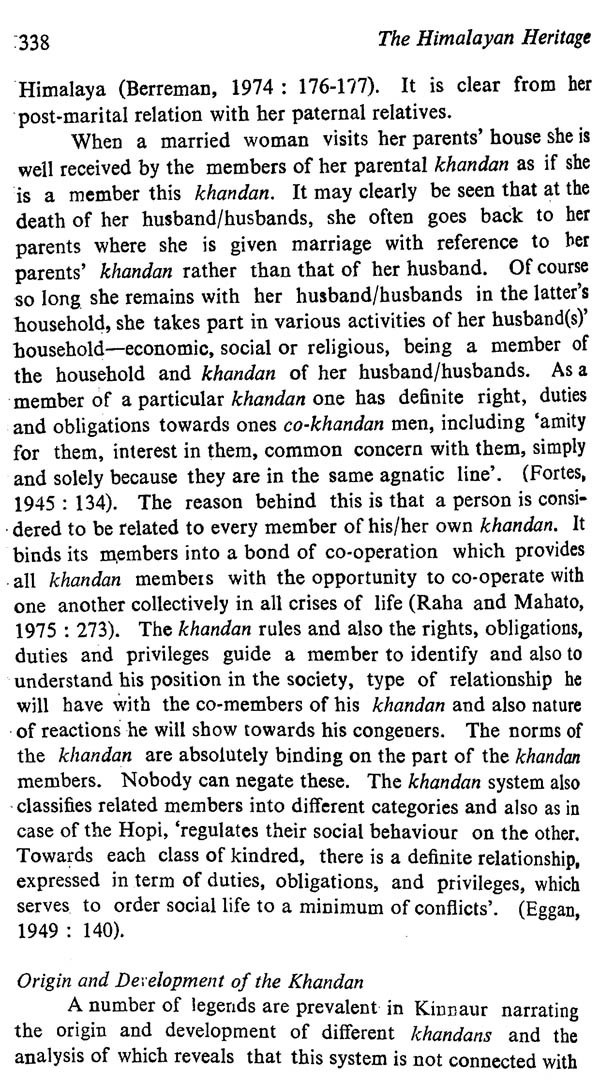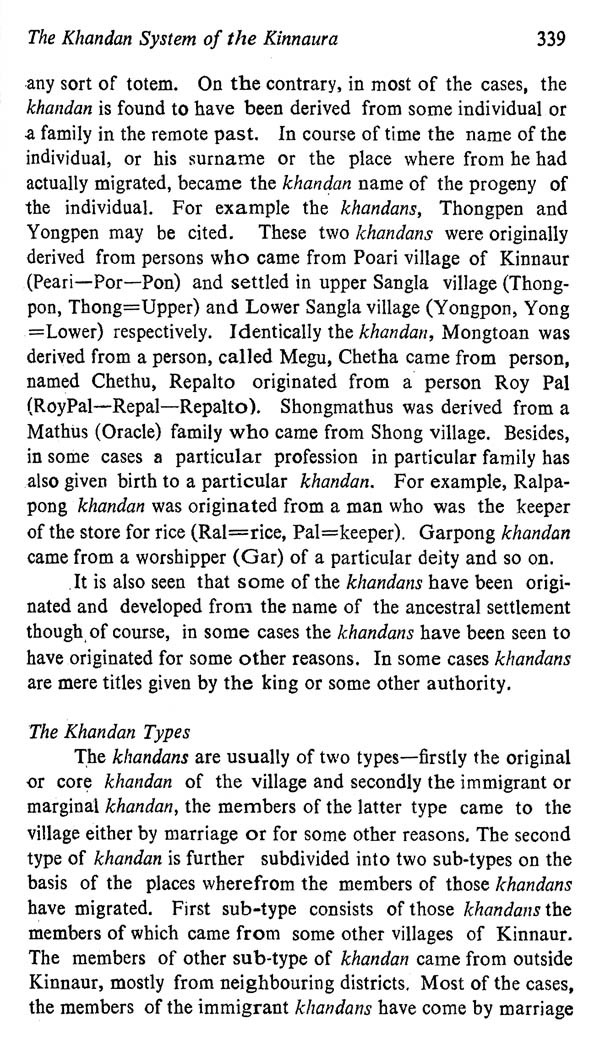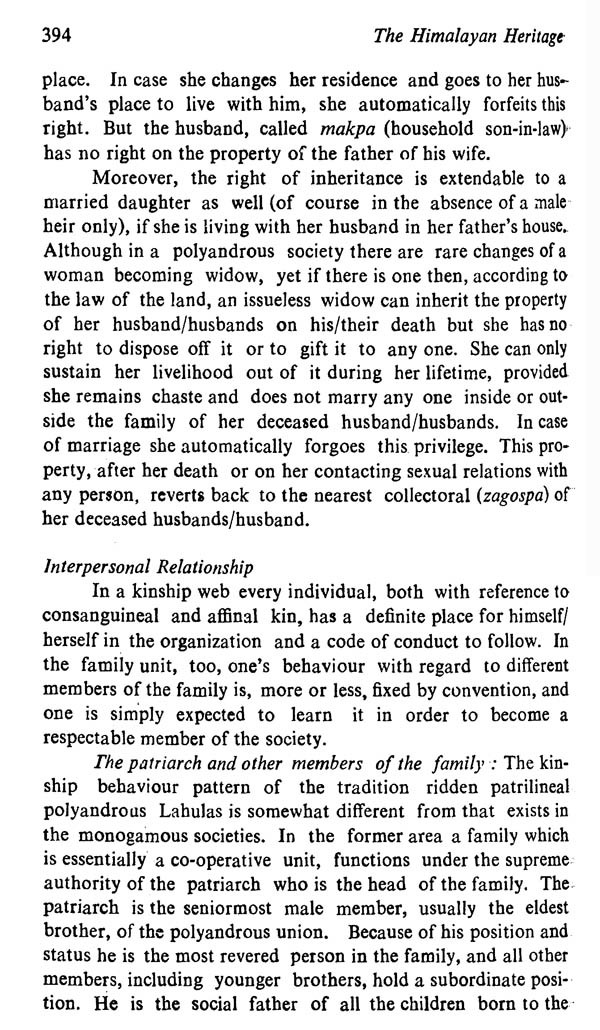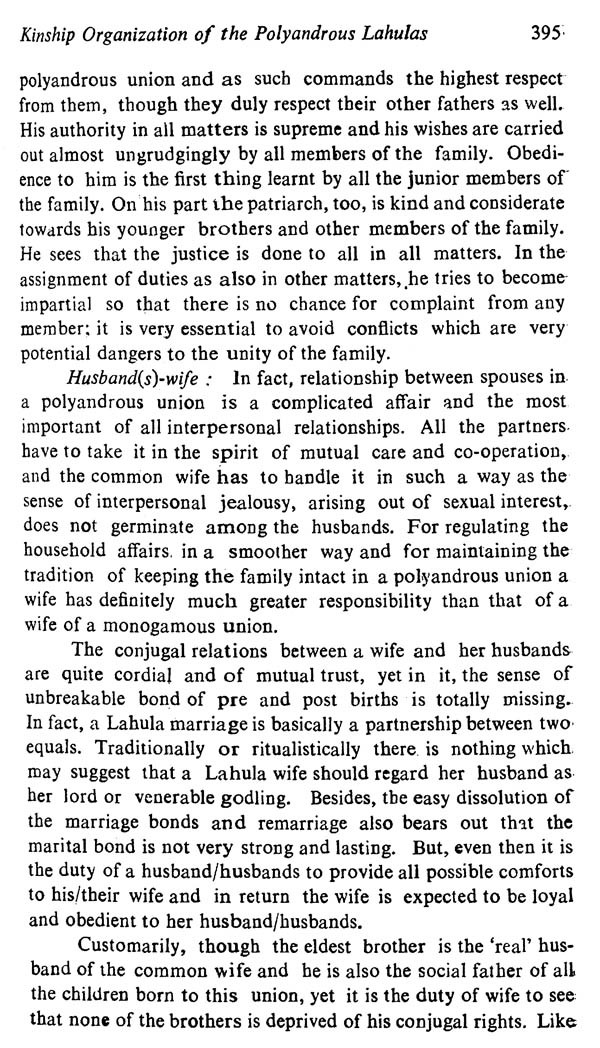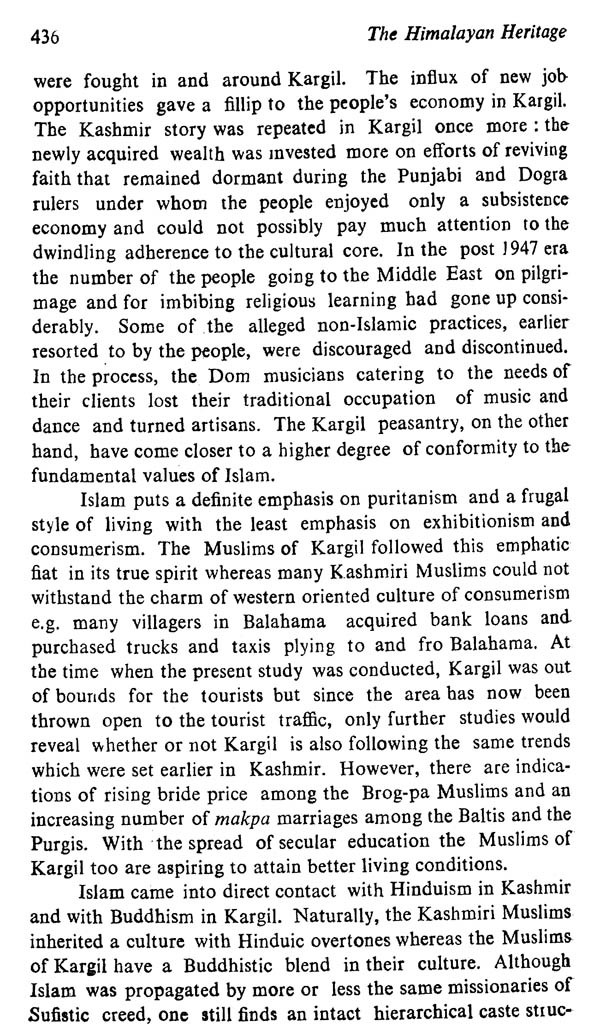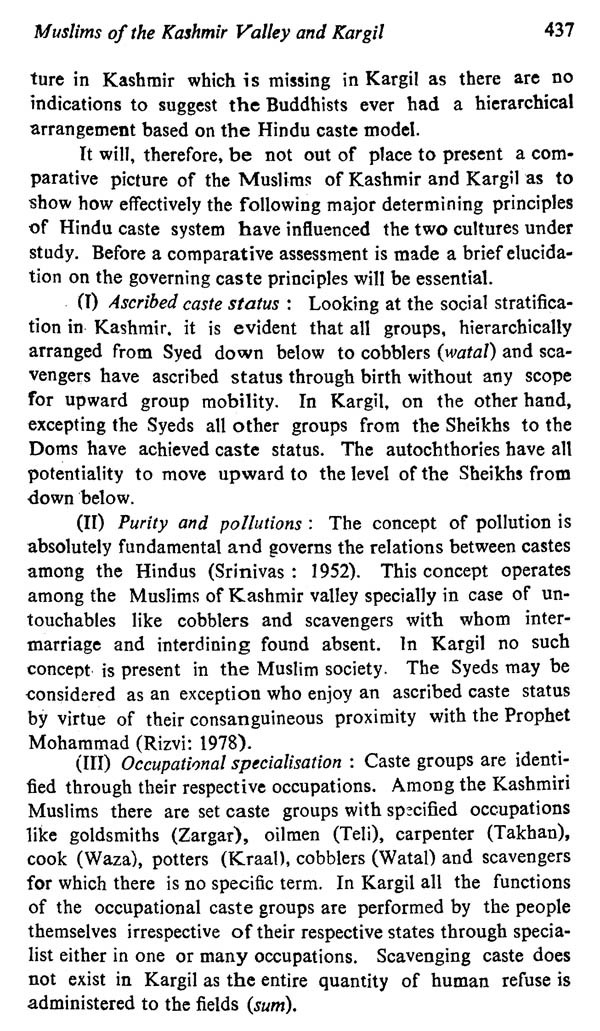Introduction The vast mountainous tract of the Himalayas in India, with its varying ecological conditions, has not only acted as the centre for meditation for the sages, saints and other holy men, but also has given shelter to a large number of ethnic groups with diverse cultural identity and social formations. These ethnic groups have organised their life and activities in these terrains over a long stretch of time. For centuries most parts of the Himalayas were almost out of reach to the outside world. Thus the inhabitants were able to keep their life style and tradition undisturbed. They could master the difficulties created by the inhospitable environment of the rugged, unkempt, mountainous terrains of the Himalayas they dwell, and could adapt themselves accordingly for their mere survival. The culture built by these sturdy denizens of the Himalayas in such an environment is somewhat different from that prevalent in the plains areas. This difference in their culture exists not only in their material life but also in various other aspects of their life such as economy, social organization, political activities, religious beliefs and practices and even in their value-judgment. This has happened in spite of the little contact that was maintained by both the mountain dwellers and the inhabitants of the plains.
The human habitations in the Himalayas are spread over different altitudes. Considering the ecological characteristics of different altitudinal position the human habitations in the Himalayas may be classified into three zones-(i) high altitude habitation (above 8000 ft above mean sea level) (ii) middle altitude habitation (between 5000 ft to 8000 ft above mean sea.
**Contents and Sample Pages**
